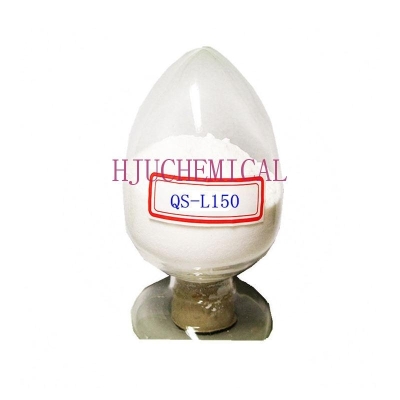-
Categories
-
Pharmaceutical Intermediates
-
Active Pharmaceutical Ingredients
-
Food Additives
- Industrial Coatings
- Agrochemicals
- Dyes and Pigments
- Surfactant
- Flavors and Fragrances
- Chemical Reagents
- Catalyst and Auxiliary
- Natural Products
- Inorganic Chemistry
-
Organic Chemistry
-
Biochemical Engineering
- Analytical Chemistry
-
Cosmetic Ingredient
- Water Treatment Chemical
-
Pharmaceutical Intermediates
Promotion
ECHEMI Mall
Wholesale
Weekly Price
Exhibition
News
-
Trade Service
Traditional polyhydroxyalkanoates (PHAs) are a large class of natural polymer materials synthesized by microorganisms using renewable glucose and fatty acids as substrates.
PHA has the characteristics of biodegradability, biocompatibility, gas barrier properties, thermoplasticity, etc.
PHA can be quickly and naturally degraded in seawater and soil, and its degradation products are naturally occurring energy molecules in the human body and animals.
Degradation of PHA in artificial seawater in 58 days
Degradation of PHA in artificial seawater in 58 daysAt present, the synthesis process of PHA is mainly through bacterial fermentation, and it is necessary to find specific bacterial species, which faces the shortcomings of slow reaction process, low conversion rate of raw materials, easy to be contaminated by bacteria, and large equipment investment
Compared with the traditional biological fermentation method, the American company Novomer chose the chemical synthesis method for the synthesis of PHA
At present, the design of the pilot-scale process package with an annual output of 8 tons has been completed, and the industrialization technology of producing cyclic lactone monomer/polyhydroxy fatty acid ester by copolymerization of carbon monoxide and alkylene oxide is being promoted, and carbon dioxide and ethanol are produced by biomass fermentation.
It is reported that the direct alternate copolymerization method of alkylene oxide and carbon monoxide has the advantages of cheap raw materials and simple process, and has the prospect of large-scale industrial production based on modern chemical technology
In July of this year, Danimer Scientific acquired technology developer Novomer for $152 million.
At present, the methods for producing polyhydroxyalkanoate with alkylene oxide and carbon monoxide as raw materials can be divided into two categories according to the polymerization mechanism
One is the direct alternating copolymerization of alkylene oxide and carbon monoxide to prepare polyhydroxyalkanoate, but the existing catalytic system faces the problem of low polymer selectivity
The other type is the tandem polymerization method, that is, firstly, the coupling of alkylene oxide and carbon monoxide is realized to prepare β-lactone, and then other catalysts are added to realize the ring-opening polymerization of β-lactone to prepare polyhydroxy fatty acid ester
Recently, the research group of Wu Guangpeng of Zhejiang University discovered the third copolymerization reaction mechanism for the first time: under the action of the same catalyst, there are three catalytic cycles (including the ring expansion reaction of alkylene oxide to prepare β-lactone, epoxy compound and carbon monoxide).
Such catalysts and their unique catalytic processes enrich the current systems and methods for preparing polyhydroxyalkanoates using carbon monoxide and alkylene oxide as raw materials
The biological/chemical synthesis method of PHA has its own advantages.
In September this year, Chinese scientists achieved a major breakthrough, breaking through CO₂ artificial starch technology for the first time, and the rate reached 8.







